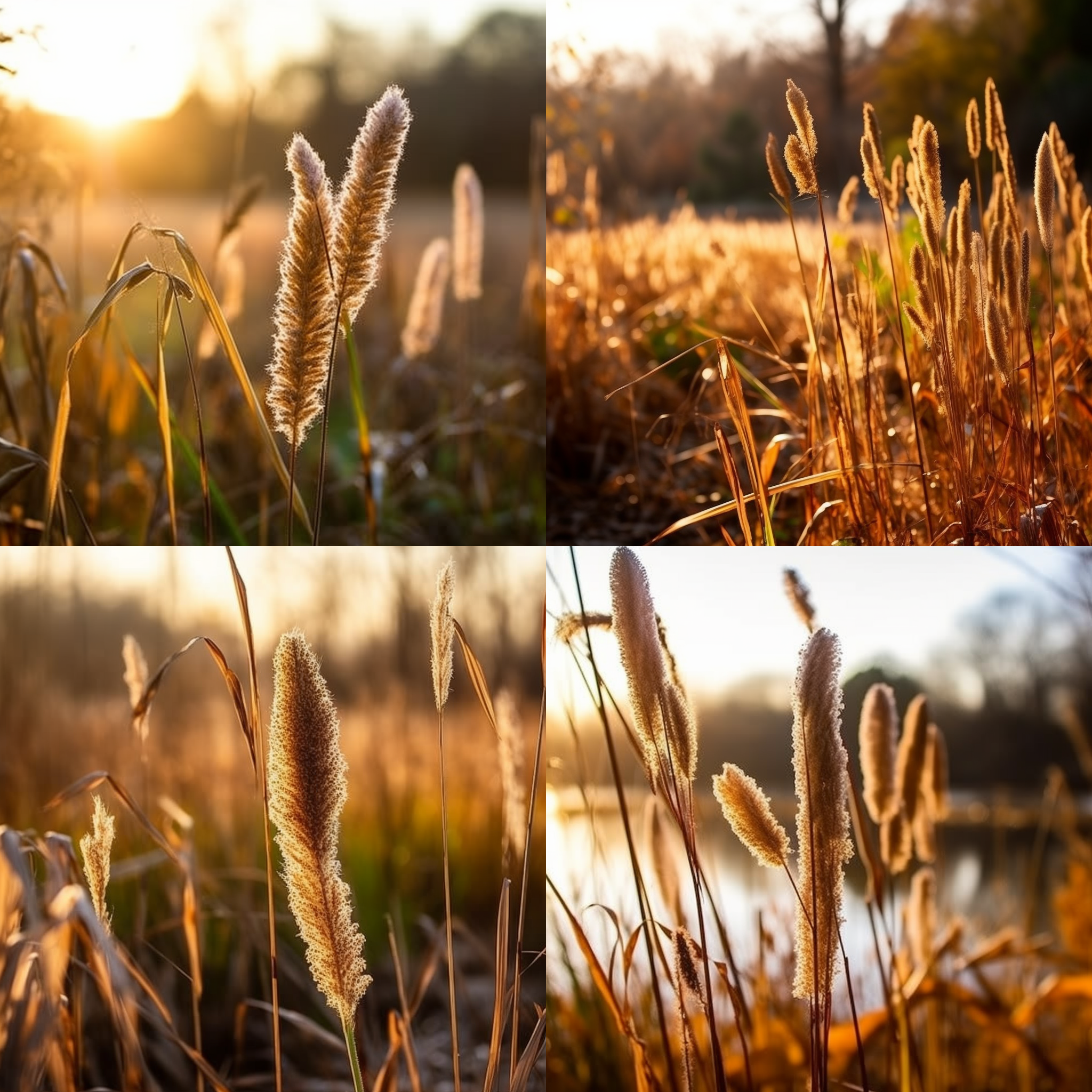Story of Day :
Contents
The Cattail Plant: A Complete Guide and Care Tips
Have you ever come across a pond or marshy area full of tall, slender plants with brown sausage-like spikes on top? These are cattails, also known as Typha. They are not only beautiful but also have several practical uses. In this article, we will explore everything there is to know about cattails – their origin, types, care tips and even some fun facts.
What is Cattail?
Cattail is a perennial plant that grows in wetlands or marshy areas. There are two main species of cattails – the Common Cattail (Typha latifolia) and the Narrow-leaved Cattail (Typha angustifolia). The former has broader leaves than the latter which explains their names.
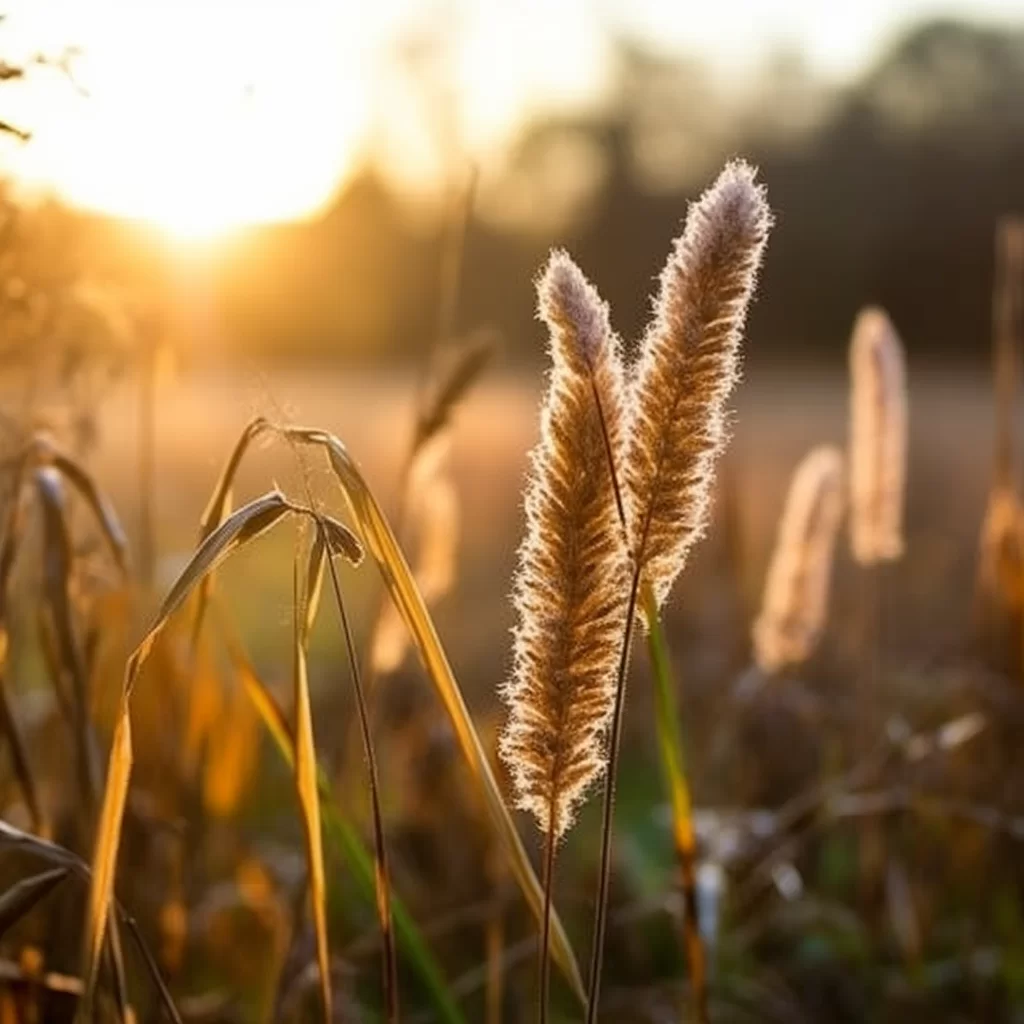
History and Uses of Cattails
Cat tails have been used for various purposes since ancient times. Native American tribes used it for food, medicine, and shelter. Young shoots could be boiled or roasted while flour made from dried roots was used in bread-making.
The fluff from mature flower spikes was used for insulation in clothing items like moccasins and mittens while cattail leaves were woven into baskets that were waterproofed using heated sap.
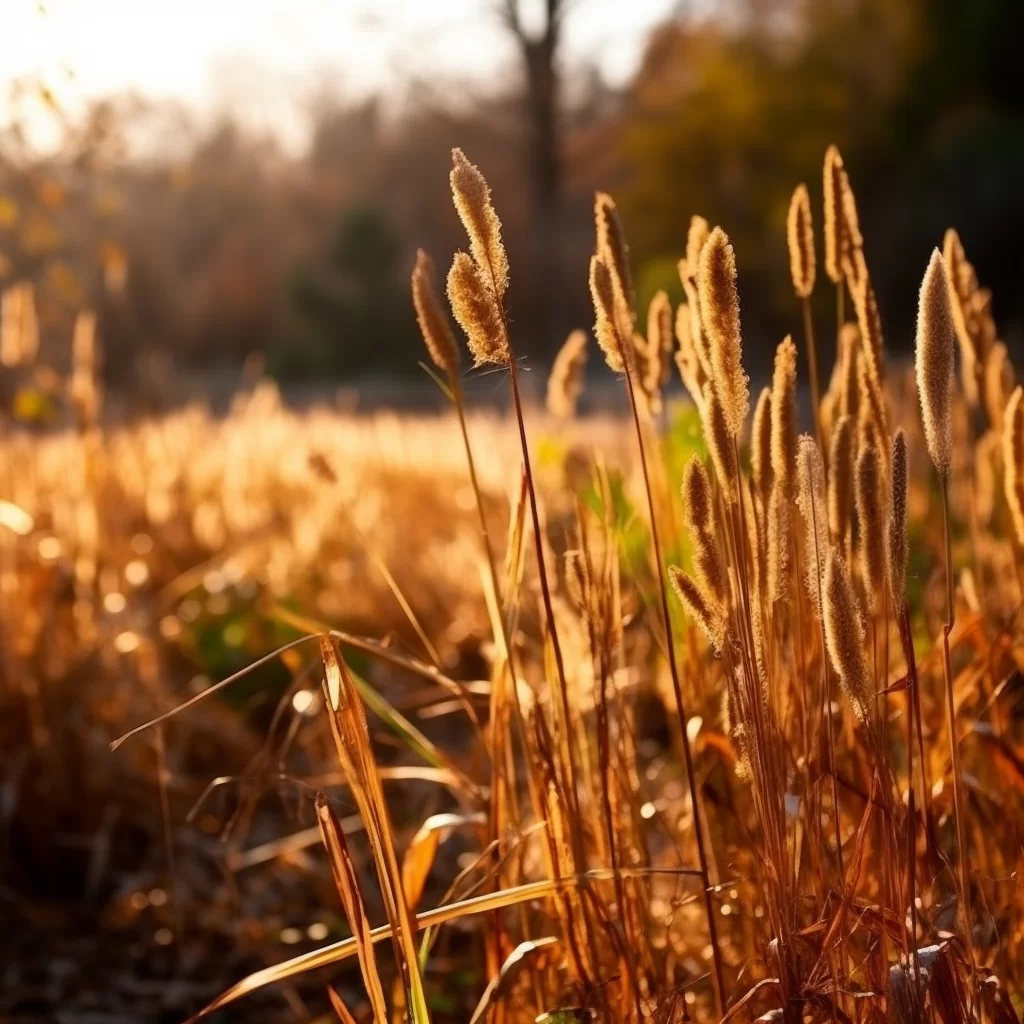
In modern times, cattails continue to be useful in various ways including water purification as they absorb pollutants; soil retention by helping to prevent erosion; decoration due to their ornamental value; biofuel production because they can be converted into ethanol among others.
Growing Conditions
- Cat tails grow best in areas with damp soil such as near ponds or swamps where there’s plenty of sunlight but minimal shade.
- They thrive in USDA Hardiness Zones 3 through 11.
- Planting should be done in early spring to give them ample time to establish roots before winter.
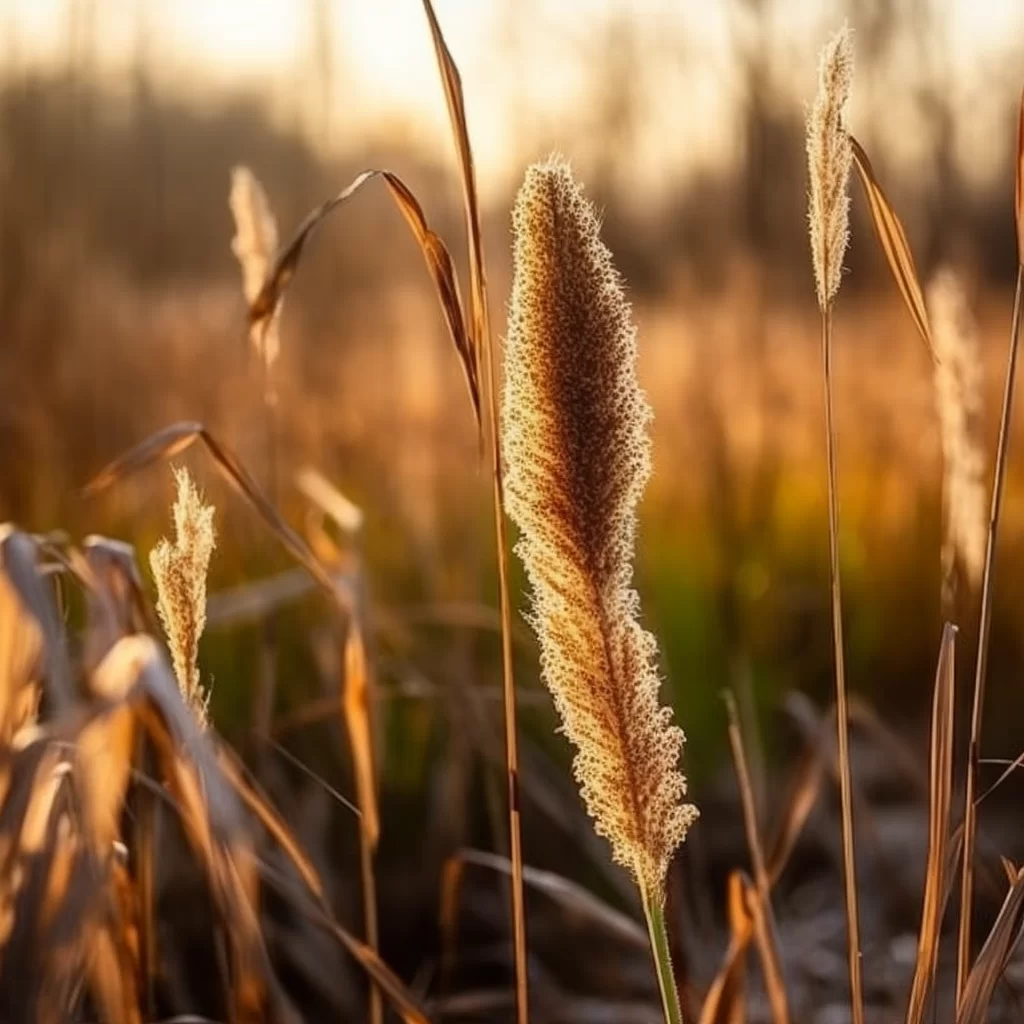
Care Tips
Cattails are relatively easy to care for and can grow up to six feet tall. Here are some tips you should keep in mind:
- Water is essential for cattail growth, so ensure they receive plenty of it especially during the dry season.
- Maintain proper irrigation by ensuring that water levels around them do not get too high or too low.
- If planted near home structures, make sure they don’t damage their foundations as they spread quickly by underground rhizomes.
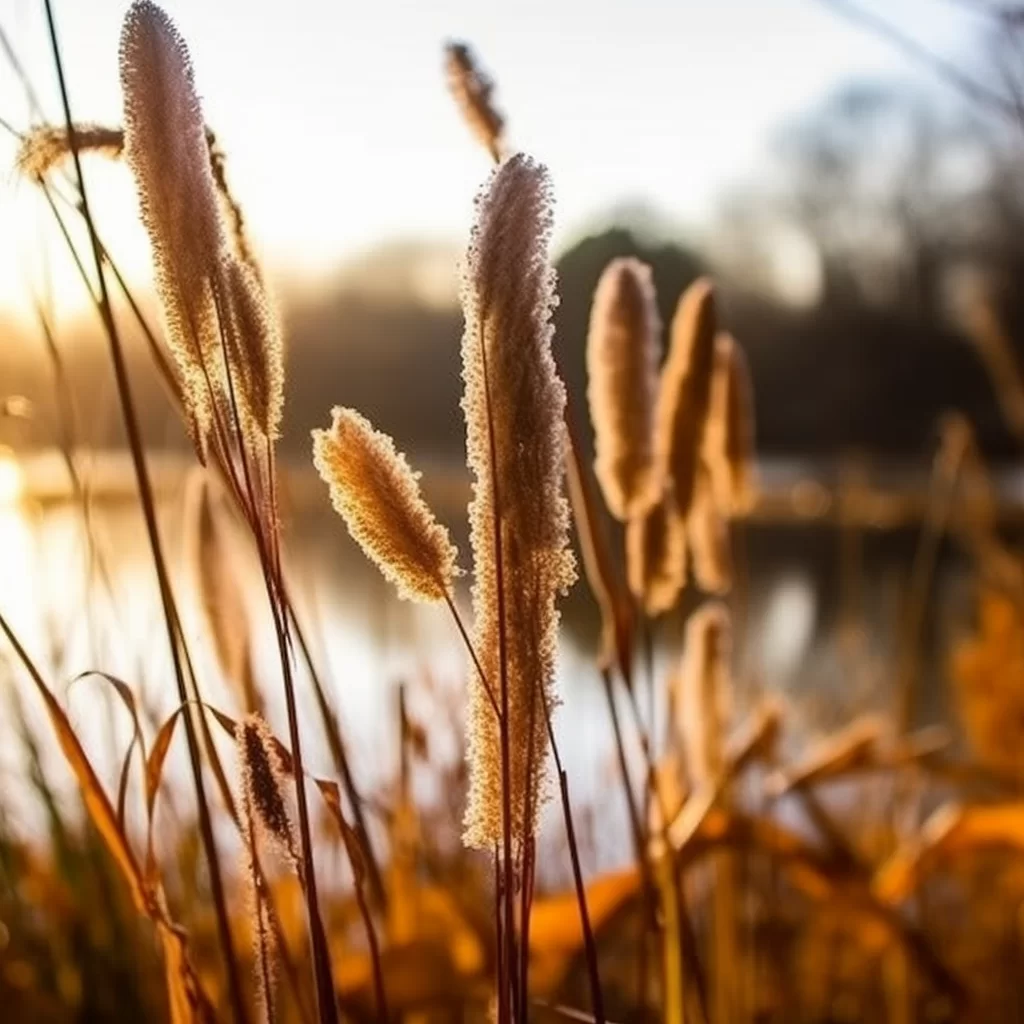
Pests and Diseases
Cattails do not have many pests or diseases that affect them. However, over-fertilising can lead to the development of algae which could restrict their growth. Also, if you notice any wilting leaves or stems, it could be a sign of fungal infection caused by high humidity levels so look out for black spots on the leaves which signal such an infestation has occurred.
Fun Facts about Cattails
- A single plant can produce up to a million seeds annually! .
- Their male flower spikes are at the top while female ones appear lower down where fertilization takes place .
- The name ‘cattail’ comes from their appearance as they resemble the tail of a cat when matured with fluffy bristles on top like fur! .
- In various cultures around the world; cattail is considered symbolic and used symbolically: In Japan its leaves are used to symbolize wealth and prosperity; in Africa, it represents peace while in China it is seen as a good omen. .
Conclusion
Cattails have been around for thousands of years and continue to hold significant value both ecologically and culturally. With their numerous benefits such as water purification, biofuel production, among others, they are an excellent addition to any garden or landscape. By following the care tips mentioned above, you can grow healthy cattails that will thrive for years.
